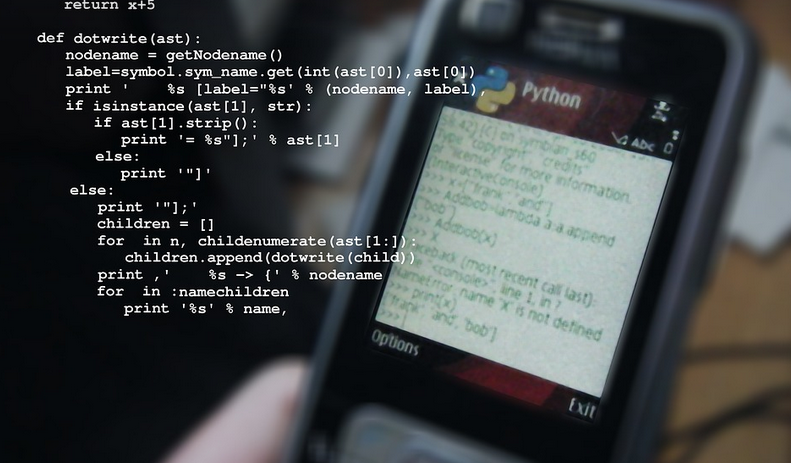A Growing Threat in 2024
In a world increasingly reliant on technology, social engineering attacks have become a rampant issue, posing a significant threat to individuals and organizations alike. These tactics exploit human emotions and vulnerabilities to manipulate unsuspecting victims into divulging sensitive information or performing actions that compromise their security. As the lines between online and offline worlds blur in the 2024 landscape, social engineering attacks continue to evolve with cunning precision, targeting individuals across all demographics.
Social engineering thrives on the inherent human weakness for empathy, trust, and authority. These tactics often create a sense of urgency or fear, prompting victims to act impulsively and make decisions without careful consideration. It’s not about technical skill or hacking prowess; it’s about understanding human psychology and leveraging that knowledge to manipulate individuals into compromising their digital assets.
The 2024 landscape is a breeding ground for social engineering attacks, fueled by the growing interconnectedness of our lives. From online shopping to banking transactions and even remote work, we are increasingly reliant on sharing information and using sensitive data. Unfortunately, this dependence creates easy targets for those seeking access to valuable personal information or financial resources.
One particularly prevalent tactic is phishing attacks. These deceptive emails and texts appear legitimate, often mimicking official communication from banks, tech companies, or government agencies. These messages typically contain links disguised as real websites, urging victims to provide their login credentials or bank account details. Victims, caught in the trap of urgency and trust, unwittingly compromise their security.
Another common tactic involves pretexting. This involves creating a false scenario designed to lure victims into revealing sensitive information. For instance, attackers may pretend to be a tech support representative needing access to your computer to resolve a technical issue, or they might pose as a government official requesting personal data for tax purposes. The attacker builds trust through seemingly genuine justifications, ultimately leading the victim down a path of potential compromise.
Another tactic gaining popularity is spear phishing. This highly targeted approach involves the attacker meticulously crafting personalized emails and messages tailored to exploit specific individuals’ interests or vulnerabilities. By understanding the victim’s background, social media connections, or professional details, attackers can craft seemingly authentic messaging that resonates with their target. Spear phishing attacks often lead to more significant breaches than mass phishing campaigns because they focus on a specific individual, making them harder to defend against.
Social engineering tactics are constantly evolving. Attackers are becoming increasingly adept at creating convincing fake websites and apps, mimicking real platforms to deceive users into sharing their login information or downloading infected software. The lines between online and offline experiences are blurring, making it difficult for individuals to differentiate legitimate interactions from potentially dangerous ones.
But the battle against social engineering attacks goes beyond simply being aware of these tactics. It requires a multi-pronged approach involving technology, education, and awareness. Organizations need to implement robust security protocols that include phishing simulation training and employee education on recognizing suspicious emails, websites, or requests.
Individuals also play a crucial role in safeguarding themselves against social engineering attacks. The key lies in being savvy about online interactions, verifying the authenticity of messages, and considering the potential risks before clicking on anything from an unknown source. It’s essential to develop good digital hygiene by checking website URLs for discrepancies, scrutinizing requests for sensitive information, and being cautious about sharing personal data with unfamiliar individuals.
Moreover, staying informed about the latest social engineering tactics can significantly enhance our defenses against these threats. Regularly checking for security updates, enabling multi-factor authentication on accounts, and maintaining strong passwords are essential steps in safeguarding our digital identities. It’s also critical to report any suspicious activity or potential breaches to relevant authorities.
As we navigate the complexities of a rapidly evolving technological landscape, social engineering attacks will continue to pose a significant challenge. However, with proactive measures and a heightened awareness of these tactics, individuals can empower themselves against these threats, ultimately strengthening their digital security and protecting their valuable assets from manipulative attempts.














